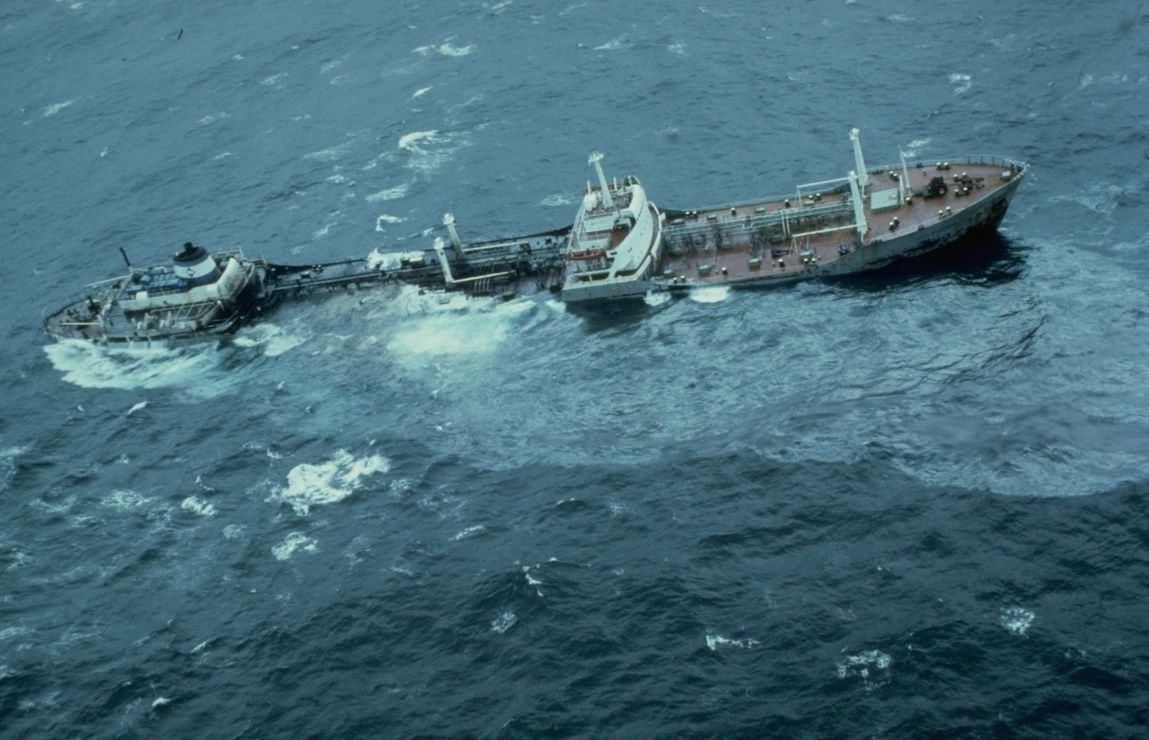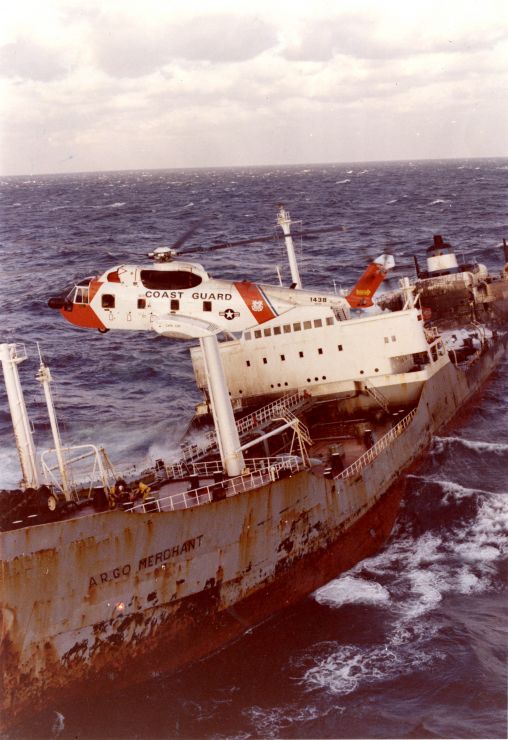The Argo Merchant Grounding and Oil Spill
View this collection of photos of the grounding of the tanker Argo Merchant back in 1976 and the resulting oil spill. You can use the Pause feature or Previous/Next to move through the slide show at your own pace. Learn more about how the Argo Merchant incident affected the formation of NOAA's Office of Response and Restoration.
 An official website of the United States government.
An official website of the United States government. 



















































